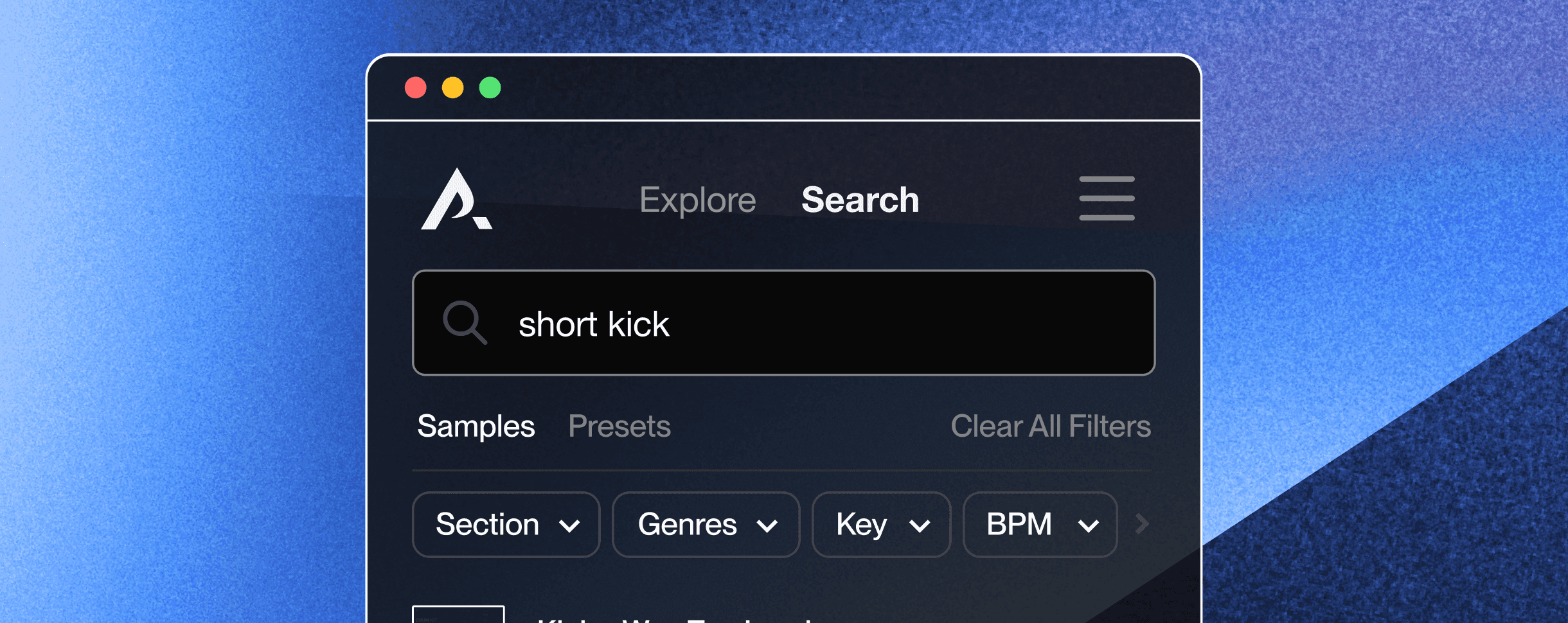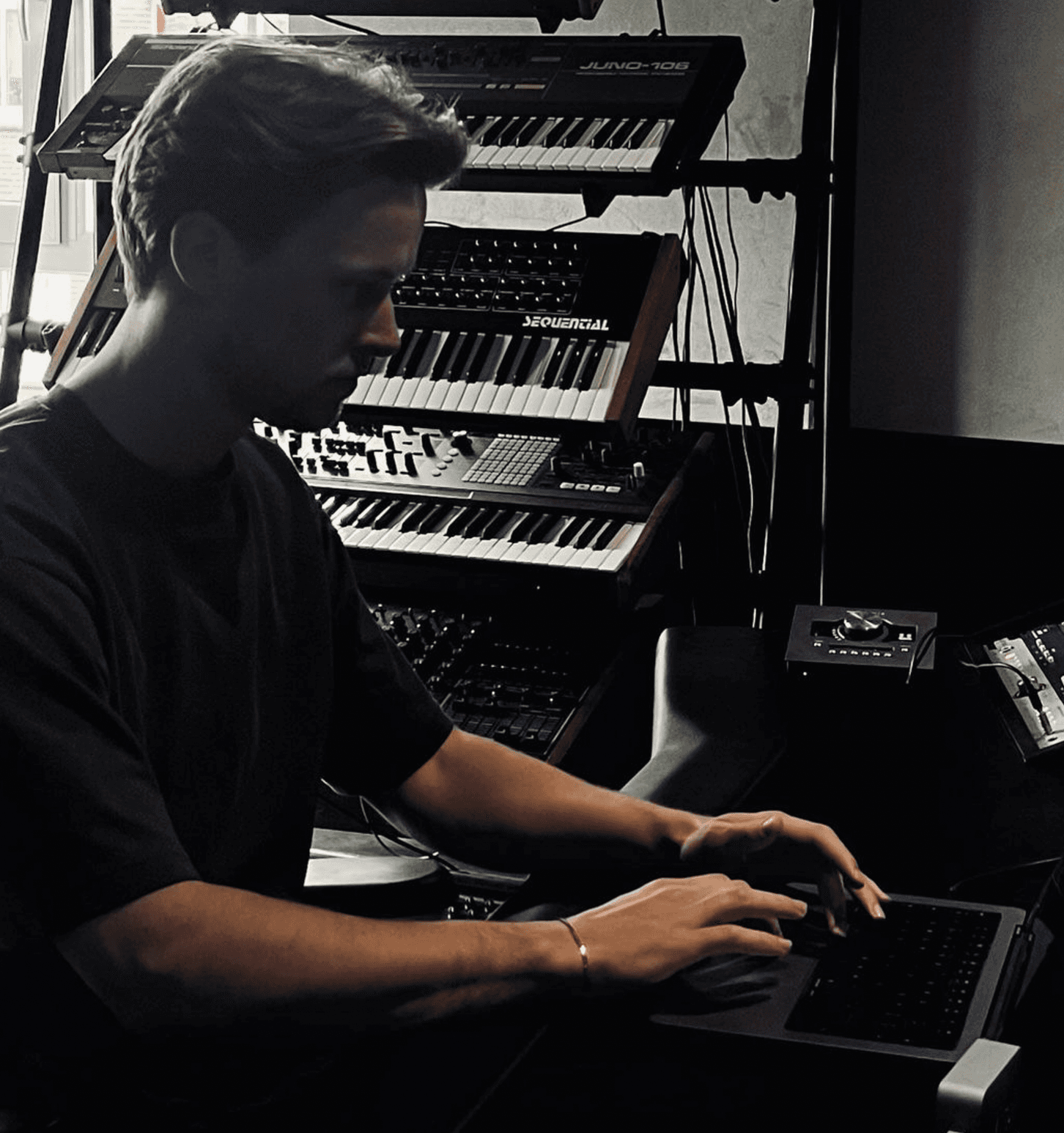
Hendrik Barendsen
Tips
5
min read
May 17, 2024
Drums are the foundation for your Hip Hop beat. They drive the rhythm, set the tone, and give your music that head-nodding groove that listeners want to hear. However, creating drum patterns can be challenging, especially if you want to stand out in a genre that's filled with talented producers. Here are some tips and techniques to help you make your hip-hop drums more interesting and dynamic.
1. Layer Your Drums
One of the easiest ways to add depth and complexity to your drums is by layering multiple sounds together. Instead of relying on a single kick or snare, try combining different samples to create a richer sound. For example:
Kick Drums: Layer a deep, subby kick with a punchy, mid-range kick to cover a broader frequency spectrum.
Snares: Combine a crisp snare with a clap or snap to add texture and fullness.
Experiment with different combinations and adjust the levels to achieve a cohesive blend. Big Z did a great job in the video below on explaining how the Pro's in the industry layer their drums.
2. Use Percussive Elements
Incorporate a variety of percussive sounds to add rhythm and movement to your beats. Shakers, tambourines, cowbells, and bongos can all contribute to a more engaging drum pattern. These elements can be used sparingly to fill in gaps and add a sense of groove.
3. Humanize Your Drums
Perfectly quantized drums can sometimes sound robotic and lifeless. To add a human touch, try the following techniques:
Adjust Timing: Slightly shift the timing of individual drum hits to create a more natural feel. This can be done manually or with a swing/shuffle feature in your DAW.
Vary Velocity: Change the velocity (volume) of each drum hit to add dynamics and prevent your pattern from sounding too static.
4. Experiment with Drum Patterns
Don’t be afraid to break away from the standard 4/4 beat. Explore different time signatures, rhythms, and syncopations to create unique drum patterns. Try incorporating triplets, polyrhythms, or off-beat hits to keep your listeners on their toes.
5. Incorporate Drum Fills and Rolls
Drum fills and rolls can add excitement and help transition between different sections of your track. They can be as simple or complex as you like, ranging from a quick snare roll to a more elaborate tom fill. Use them not too much to maintain their impact.
6. Add Effects
Applying effects to your drums can significantly alter their sound and add interest. Some popular effects include:
Reverb: Adds space and depth. Use it subtly on snares and claps to create a sense of room.
Delay: Adds a rhythmic echo. Great for hi-hats and percussive elements.
Distortion: Adds grit and character. Perfect for making kicks and snares punch through the mix.
7. Use Drum Samples Creatively
Don’t limit yourself to just one-shot samples. Explore loop libraries and chop up drum loops to create new patterns. You can also use unconventional sounds as drum hits, such as vocal snippets, foley recordings, or environmental sounds, to add a unique flavor to your beats. Busy Work Beats created a cool video on how to use drum samples creatively.
8. Automation and Modulation
Automating parameters like pitch, volume, or effects can add movement and variation to your drums. For example, gradually increasing the reverb on a snare during a build-up can create a sense of tension. Modulating the pitch of your hi-hats or the filter cutoff on a percussion loop can introduce subtle changes that keep the listener engaged.
9. Reference and Learn
Listen to tracks by your favorite producers and analyze their drum patterns. Take note of how they use space, dynamics, and variation. Don’t be afraid to draw inspiration from different genres, as they can offer fresh perspectives and ideas for your hip-hop beats. Nowadays YouTube is a heaven on earth for producers that want to learn. This video below is a great example; Rio Leyva making beats for 12 hours (!) straight and sharing it with everybody that's interested. These kind of streams are full with hidden gems and can give you inspiration on how to approach your drum production in some different ways.
10. Trust Your Ears
Ultimately, the most important tool you have is your own pair of ears. Trust your instincts and don’t be afraid to experiment. The best ideas often come from trying something new and unexpected.
By incorporating these techniques, you can transform your drum patterns from basic to extraordinary, making your hip-hop beats more engaging and memorable. Keep practicing, stay creative, and most importantly, have fun with the process. Happy beat-making!






